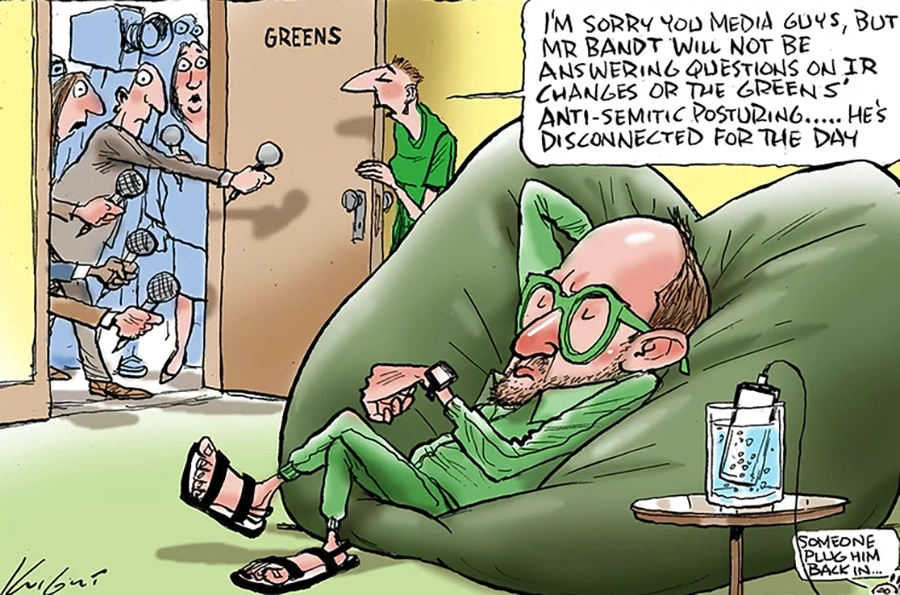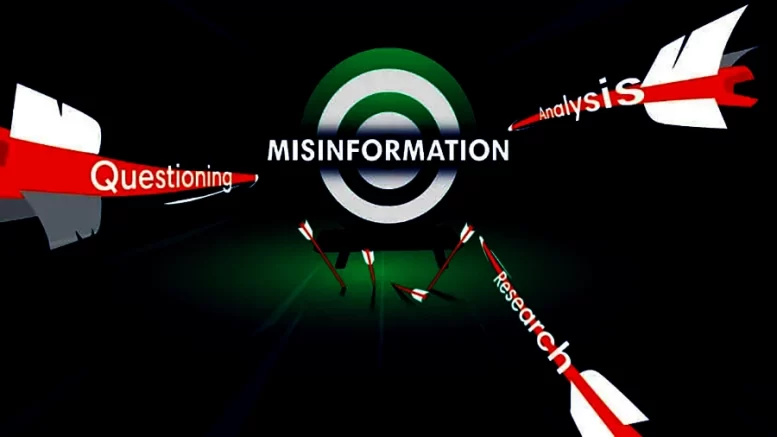This story has been blocked by Facebook for violating community standards
Contributed from New South Wales
Everyone likes to have a go against the major social media platforms for being the agents for a flood of false news. Some of the hostility is due to campaigning waged by hostile traditional media owners competing to hold onto their share of the market. Media that wrongly portrays itself as the provider of the truth when the reality is far from this.
Nevertheless, there can be no denying that X, Meta, Google, and telegram are vehicles through which a good portion of wrong, false, and harmful information is distributed to the public. And like with traditional media, those behind it often remain hidden from sight.

With X. for example, researchers from Indiana University’s Observatory on social media have found that merely 10 users were responsible for more than a third of all misinformation over the internet. All were based in the U.S. or Britain. More than 70 percent of this kinds of post came from just 1,000 accounts, and 52 percent of them are political in nature.
Operating on their grand scale requires a lot of money to pay for the necessary network to enable it. The findings at Indiana University don’t include the identities of these major peddlers of misinformation.
A code of conduct dependent on a voluntary code of conduct will be little more than a fig leaf, and government legislation by government a state peddling its own misinformation will be so full of holes that it will be useless.
Back in 2023 X was in breach of the Australian Code of Practice on Disinformation and Misinformation (ACPDM). and accused of inserting misinformation into the recognition of First Nations referendum campaign. Australia’s eSafety commissioner sent legal notices to X, Meta, Google, and Telegram, call for more action on what was termed extremist material.
As culpable as X might be, it would be wrong to imply that this is the only culprit. Other social media platforms behave in much the same way, and we must include the traditional television, radio, and print media. The Code of Conduct has changed nothing.
Misinformation has historically been at its peak when it comes to major conflict and wars in which the nation from which it originates from is involved. Given that the U.S. and Britain are the sources of a large part of this misinformation, it stands to reason that there has been massive disinformation in relation to the war in Ukraine and the slaughter in Gaza, where Both states are heavily involved and partisan.

A 2020 survey by the Oxford Internet Institute found that 70 countries had used disinformation as a deliberate strategy in 2019, as a deliberate strategy involving government, public relations firms, and political parties. up 15 percent from the previous year. Almost $60 million was spent by private firms on bots alone. All of it came together to produce misinformation on an industrial scale.
The rise of disinformation from these sources comes together with the rise of autocracy and ongoing erosion of basic rights, and this sis most marked in the western nations.
The study found thar misinformers are spending millions on creating ‘cyber troops,’ this is an army of knowing or duped individuals and groups to spread the message and shout down others. They also use hacked accounts of others do their work. Most of these cyber troops were found to be linked to state agencies.
What appears on social media now quickly translates into stories put out by other forms of media. No doubt the rise of syndication, news created by public relations firms, embedded into the military journalism, and the fall of investigative journalism have contributed enormously. Rupert Murdoch’s News Corp has led the field in all of this.
Given that the Indiana University and other studies have found most of the misinformation originates from 10 sources, they are the most important merchants of misinformation, and that successfully dealing with misinformation means countering what these sources are doing.
Below is a good example of disinformation by cartoon that works to silence other voices.

Image from Shutterstock
For Australia, this means countering how they operate here. The biggest barrier against this is the fact that the Australian state is itself embedded with the other two in question. This relationship is not about to be torn up or even disturbed. Changing this is a long-term prospect. In the meantime, it is wise to take care not to be hoodwinked into believing what is false, and where possible, genuinely alternative media should be encouraged.
All of us should question, research, and analyse what we see to the best of our ability. This is how to stay informed.
It would be a mistake to fall into the trap of advocating censorship. Censorship will not be used to counter the disinformation of government, public relations forms, and political parties. It will be used to silence those who criticise them or publish what is inconvenient to the powerful.


Be the first to comment on "Misinformation is rife across all media and not just social media"